Knowing that we wanted to learn about the ma la, Mr. Nghiep enthusiastically told us about the traditional musical instrument of his people. Born and raised in the village, Mr. Nghiep was familiar with the sound of the ma la and life in the mountains and forests since he was a child. That is why Mr. Nghiep loved playing the ma la. When he was young, whenever the village had a festival, he often went to watch the elders and village elders play the ma la. The image of the artisans in traditional costumes always fascinated him because of their steady steps, graceful hands, bringing the sounds of the mountains, forests, waterfalls, and wild animals.
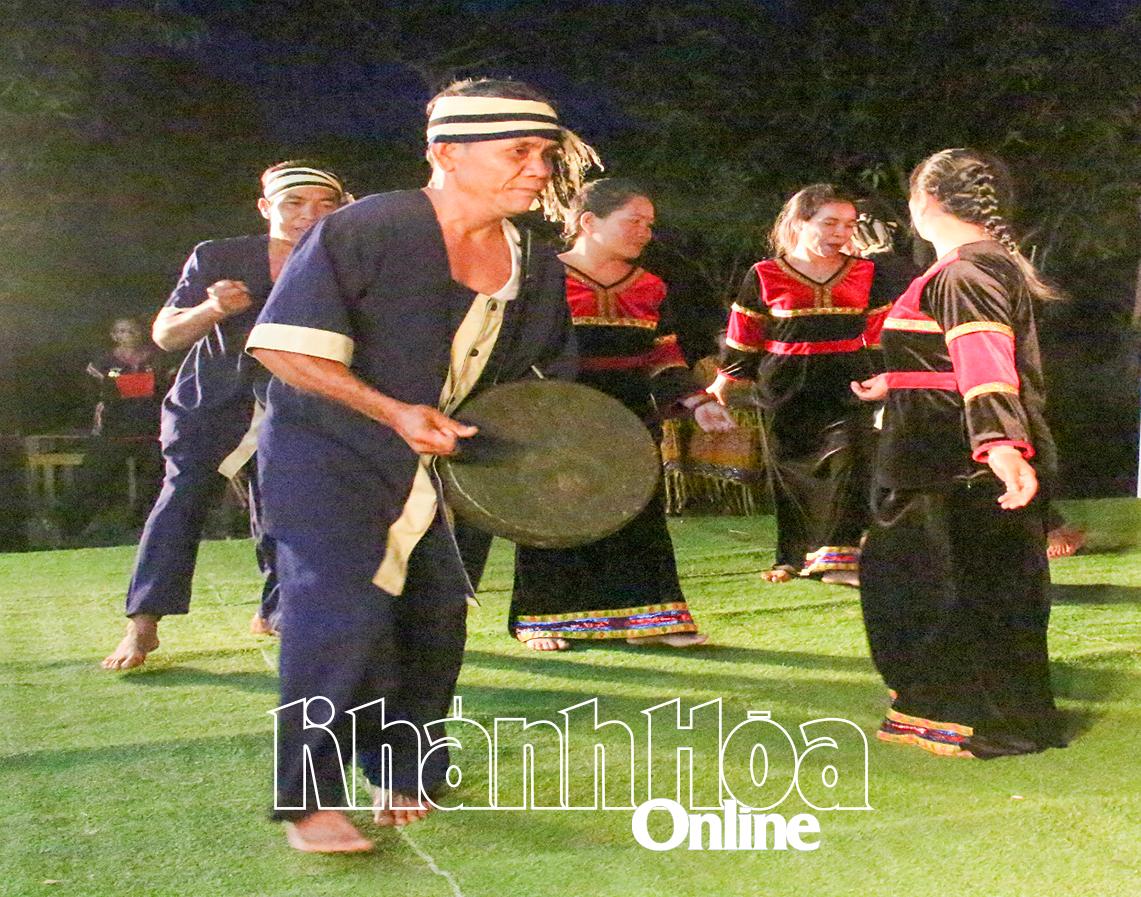 |
| Mr. Cao Van Nghiep performs the ma la instrument. |
The more he watched, the more interested and fascinated he became. His wish at that time was to learn how to play the ma la. When the village elders were resting, he often went to learn. Seeing his interest, the adults and elders in the village enthusiastically taught him how to play the ma la. Thanks to that, at the age of 15 - 16, Mr. Nghiep was proficient in playing the ma la and was able to join the village's ma la team.
With his skillful ma la playing skills, over the years, Mr. Nghiep has participated in performances in many places, introducing tourists and locals to the traditional culture of his people. Originally a district police officer, since his retirement, his joy has been associated with the ma la musical instrument. He has spent a lot of time researching musical instruments and traditional ma la melodies of the Raglai people. According to him, the sound of the ma la imitates the sound of nature, carrying the sound of the mountains and forests, while the melodies originate from the daily lives of the people such as: New rice celebration tunes, picking wild vegetables, wedding celebrations...
The Raglai people's ma la musical instrument has many unique characteristics. A set of ma la must have 3 or more pieces to be considered a musical instrument, because according to the people's concept, a set of 3 pieces is enough for all family members: mother - father - children. And in the ma la set, each piece has a different position and role. Another special thing in the way the Raglai people use ma la is that when performing, they do not use sticks but must be played by hand. Perhaps because of this, the sound of the ma la sounds as deep and high as the breath, the heartbeat of a person, sometimes deep, full of emotions, sometimes bustling and resounding through the fields during festivals. But in general, the sound from the ma la performance is gentle and soft. Ma la is also combined with other musical instruments such as: Sarakhen trumpet, sagơr drum to create sound resonance, expressing many different levels of emotions.
Mr. Nghiep shared that in the past, the ma la was a sacred and extremely valuable musical instrument for the Raglai people. The sound of the ma la was indispensable in the traditional festivals of the nation and important events in people's lives. However, nowadays, the sound of the ma la is gradually fading away in the life of the Raglai community. Therefore, preserving and promoting the ma la musical instrument has been a concern of Mr. Nghiep for a long time. In recent times, Khanh Vinh district has implemented specific projects and activities to preserve and promote the traditional cultural values of ethnic minorities, in which the district has provided ma la sets for the community, established folk culture clubs, and opened classes to teach the use of the ma la musical instrument. Mr. Nghiep was also invited to teach students to play the ma la. He is very happy and tries to teach students, especially the young generation, to contribute to conveying, preserving and promoting the cultural values of his ethnic community, so that the ma la sound will forever resonate in the mountains and forests.
MAI GIANG
Source: https://baokhanhhoa.vn/van-hoa/202504/de-tieng-ma-la-mai-ngan-vang-5403fd7/


![[Photo] President Luong Cuong receives Lao Prime Minister Sonexay Siphandone](https://vstatic.vietnam.vn/vietnam/resource/IMAGE/2025/4/17/337e313bae4b4961890fdf834d3fcdd5)
![[Photo] President Luong Cuong receives Kenyan Defense Minister Soipan Tuya](https://vstatic.vietnam.vn/vietnam/resource/IMAGE/2025/4/17/0e7a5185e8144d73af91e67e03567f41)
![[Photo] Warm meeting between the two First Ladies of the Prime Ministers of Vietnam and Ethiopia with visually impaired students of Nguyen Dinh Chieu School](https://vstatic.vietnam.vn/vietnam/resource/IMAGE/2025/4/17/b1a43ba73eb94fea89034e458154f7ae)
![[Photo] Prime Minister Pham Minh Chinh and Ethiopian Prime Minister visit Tran Quoc Pagoda](https://vstatic.vietnam.vn/vietnam/resource/IMAGE/2025/4/17/18ba6e1e73f94a618f5b5e9c1bd364a8)
![[Photo] President Luong Cuong receives UN Deputy Secretary General Amina J.Mohammed](https://vstatic.vietnam.vn/vietnam/resource/IMAGE/2025/4/17/72781800ee294eeb8df59db53e80159f)
![[Photo] Hundred-year-old pine trees – an attractive destination for tourists in Gia Lai](https://vstatic.vietnam.vn/vietnam/resource/IMAGE/2025/4/17/25a0b7b629294f3f89350e263863d6a3)




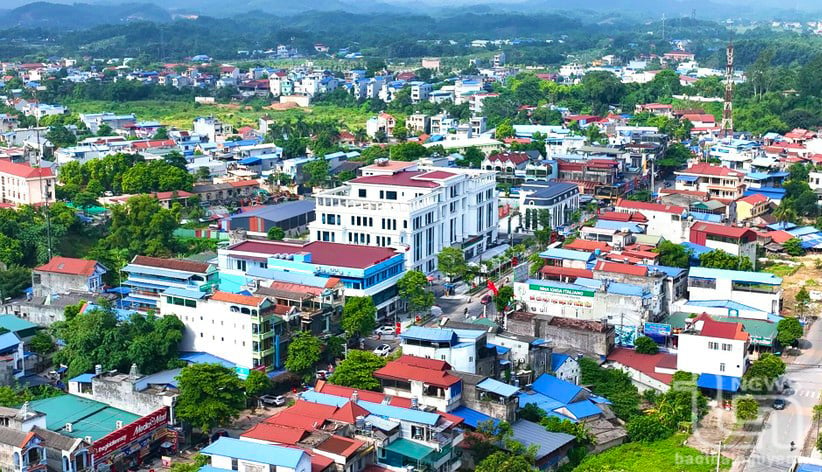


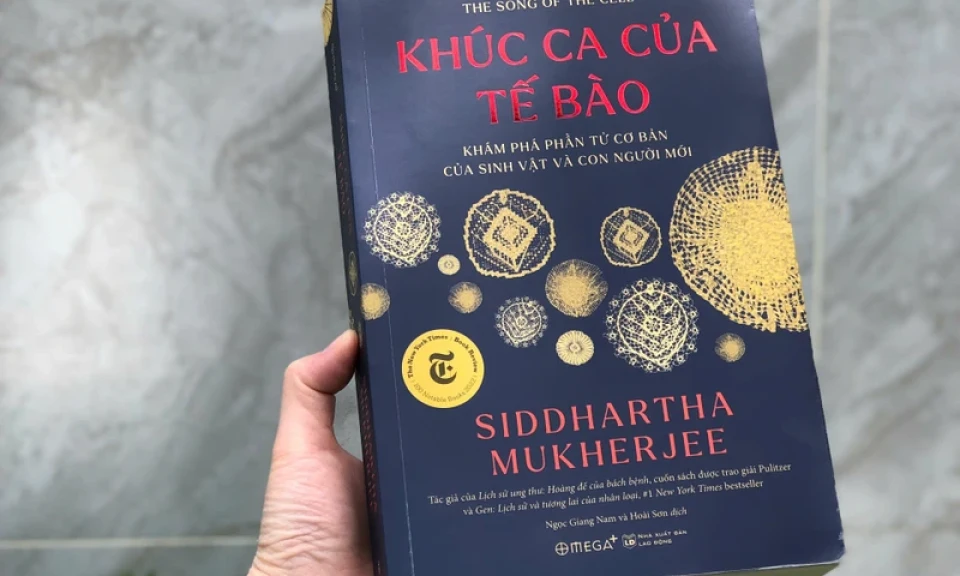









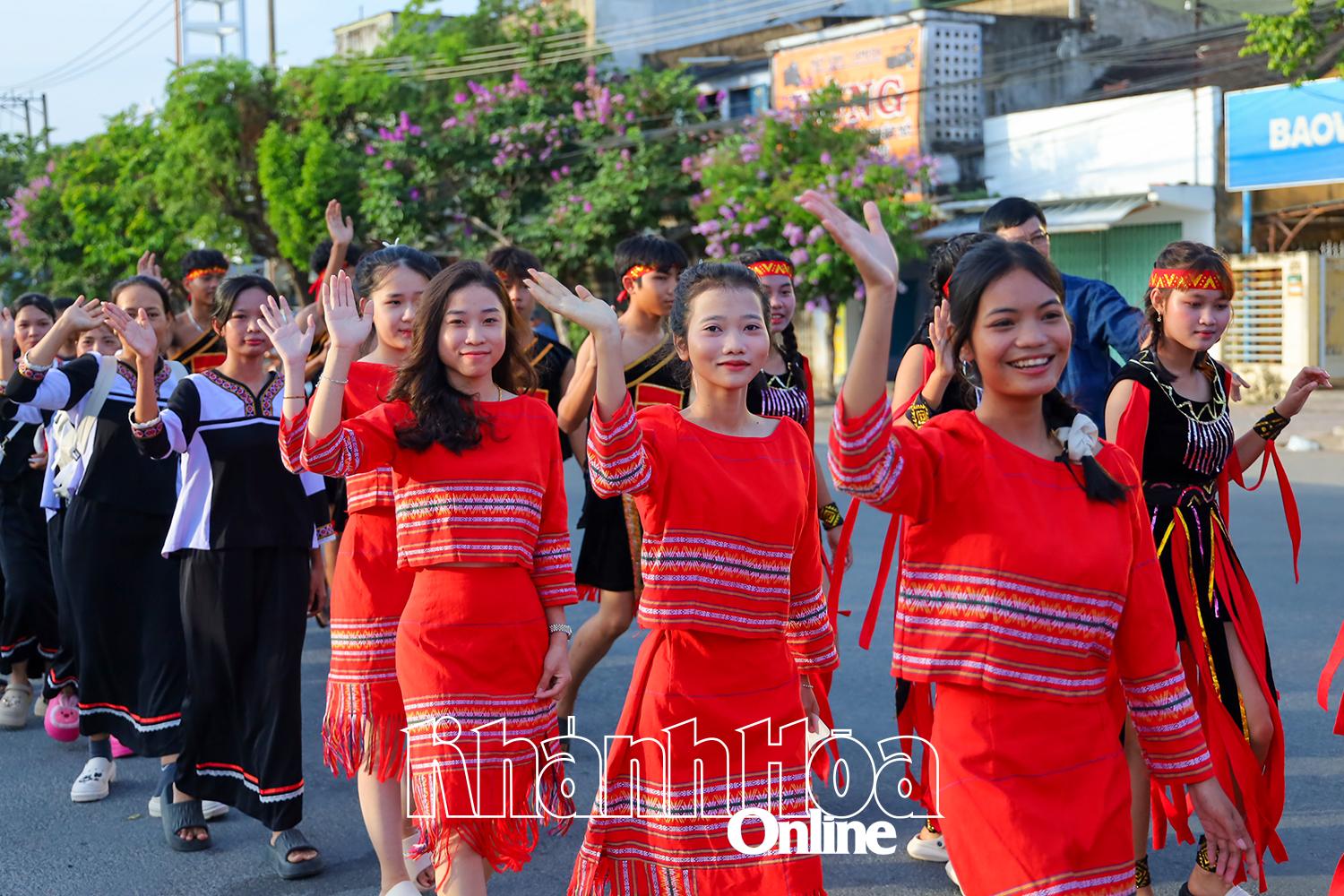
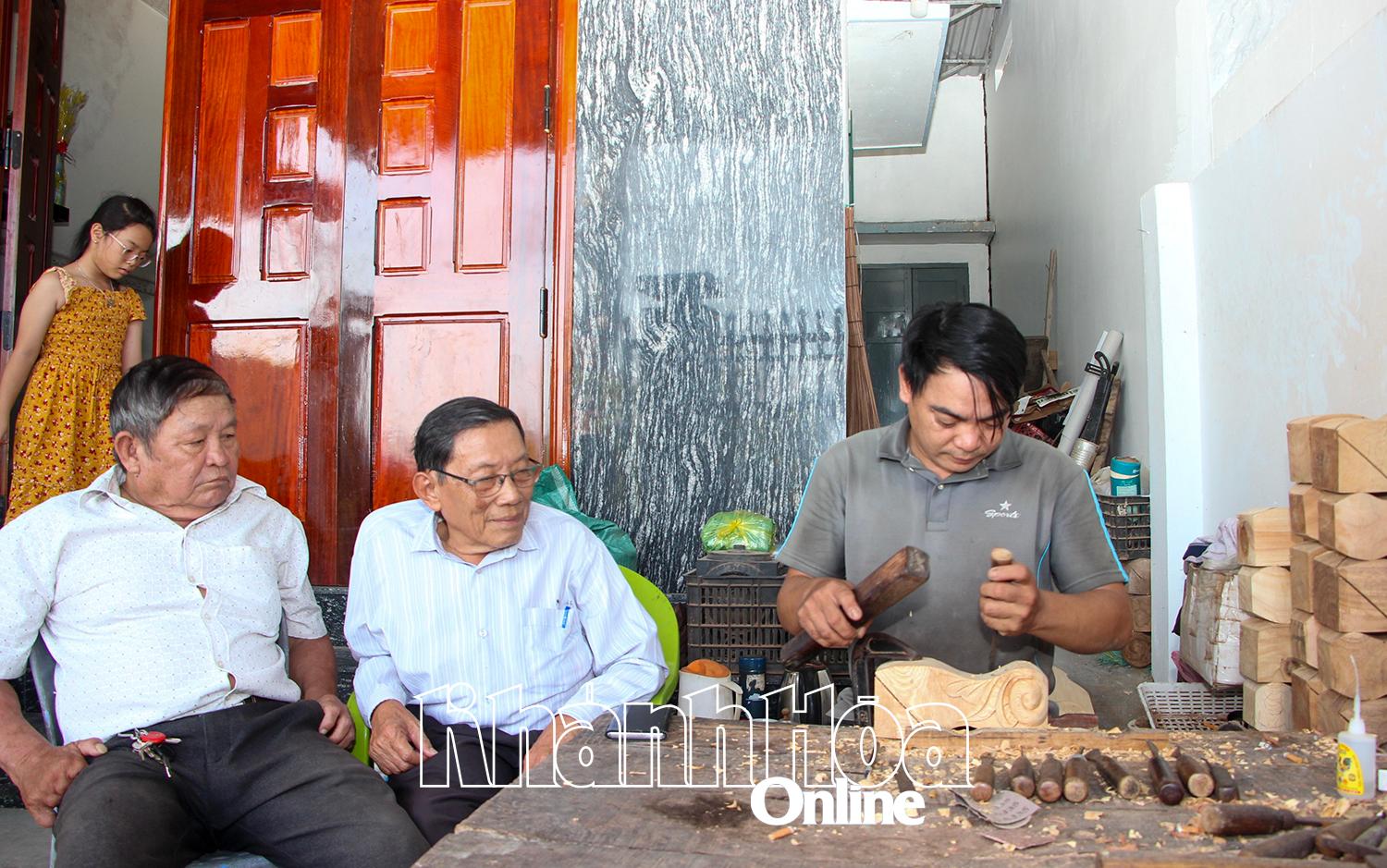










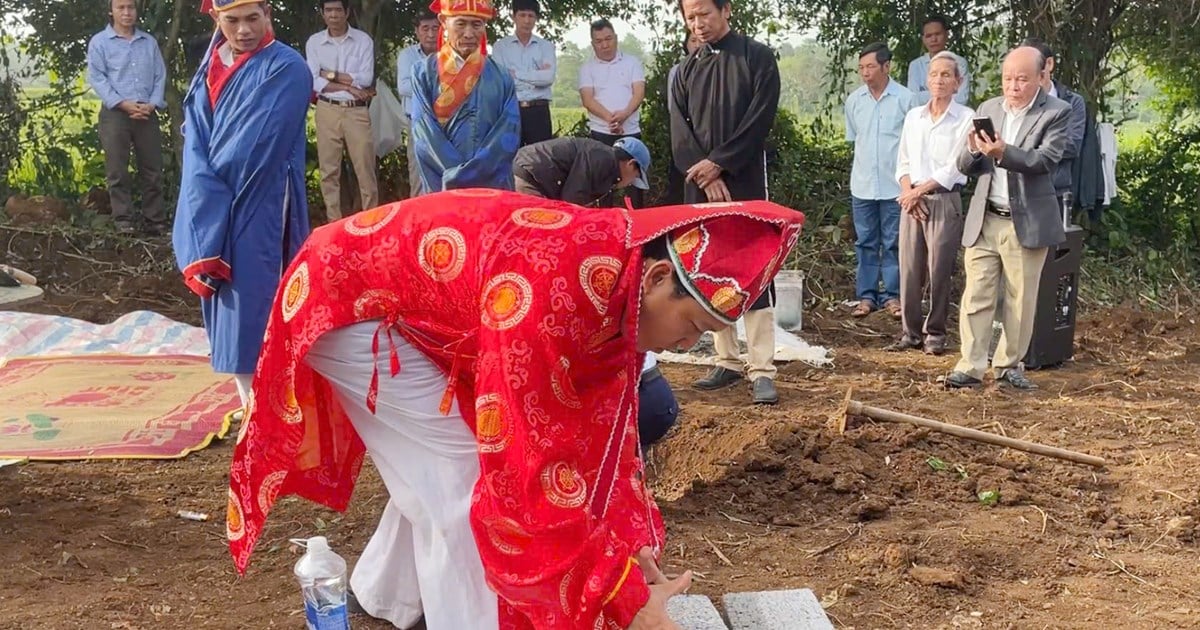

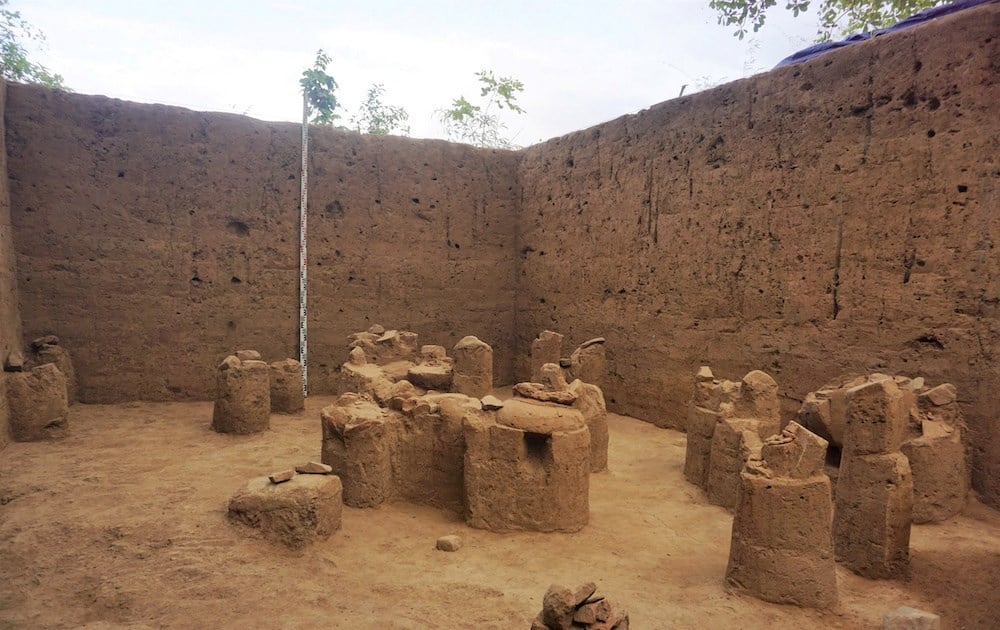





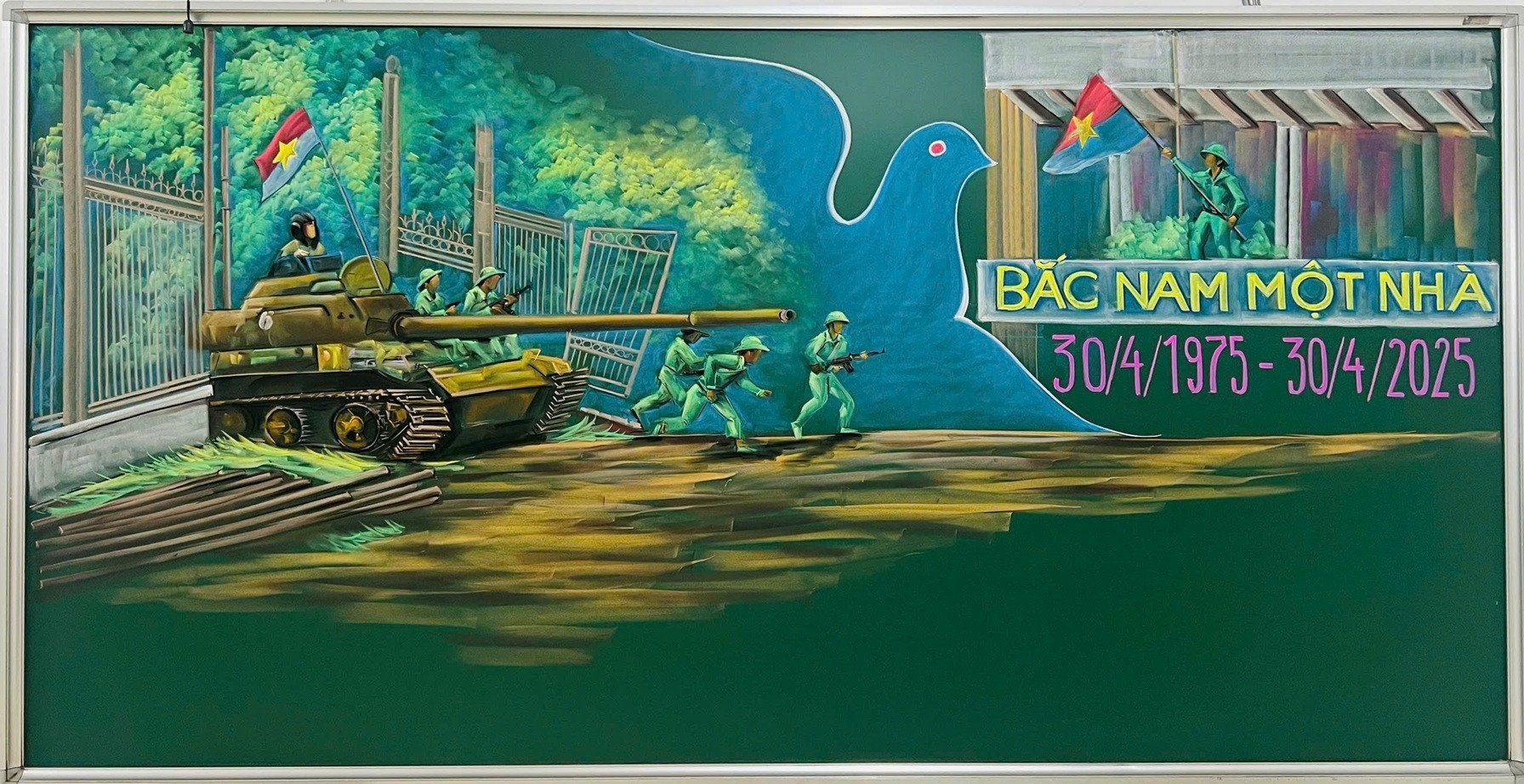








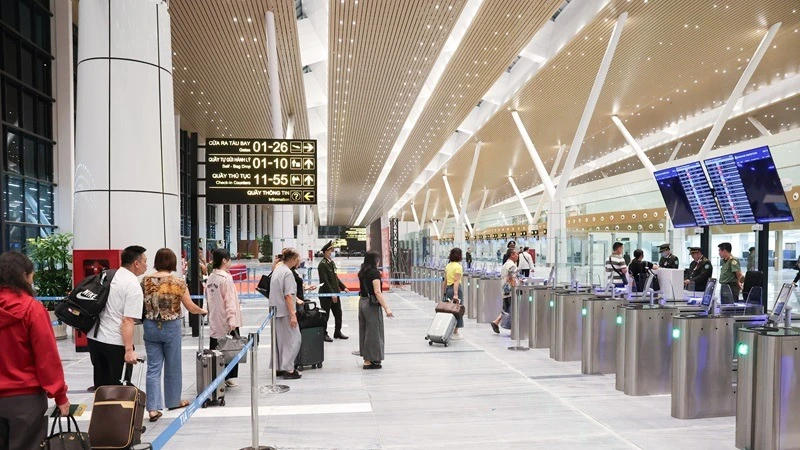



![[Video] Viettel officially puts into operation the largest submarine optical cable line in Vietnam](https://vstatic.vietnam.vn/vietnam/resource/IMAGE/2025/4/17/f19008c6010c4a538cc422cb791ca0a1)

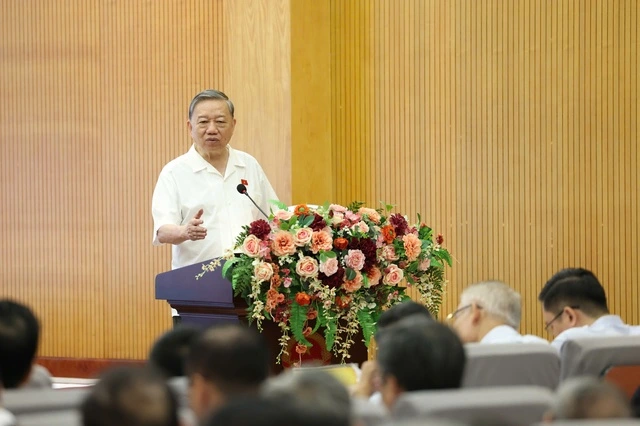









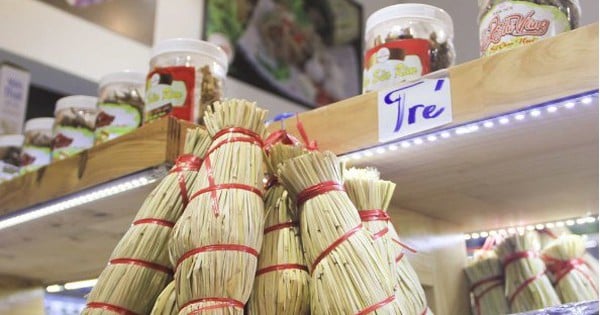






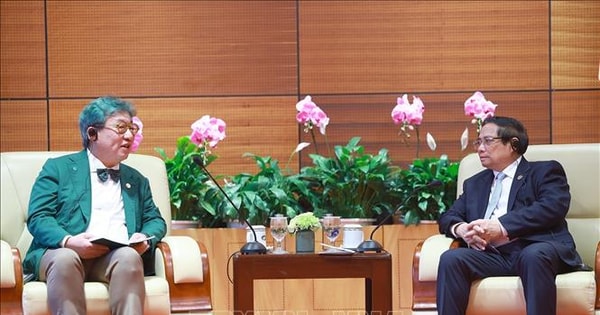



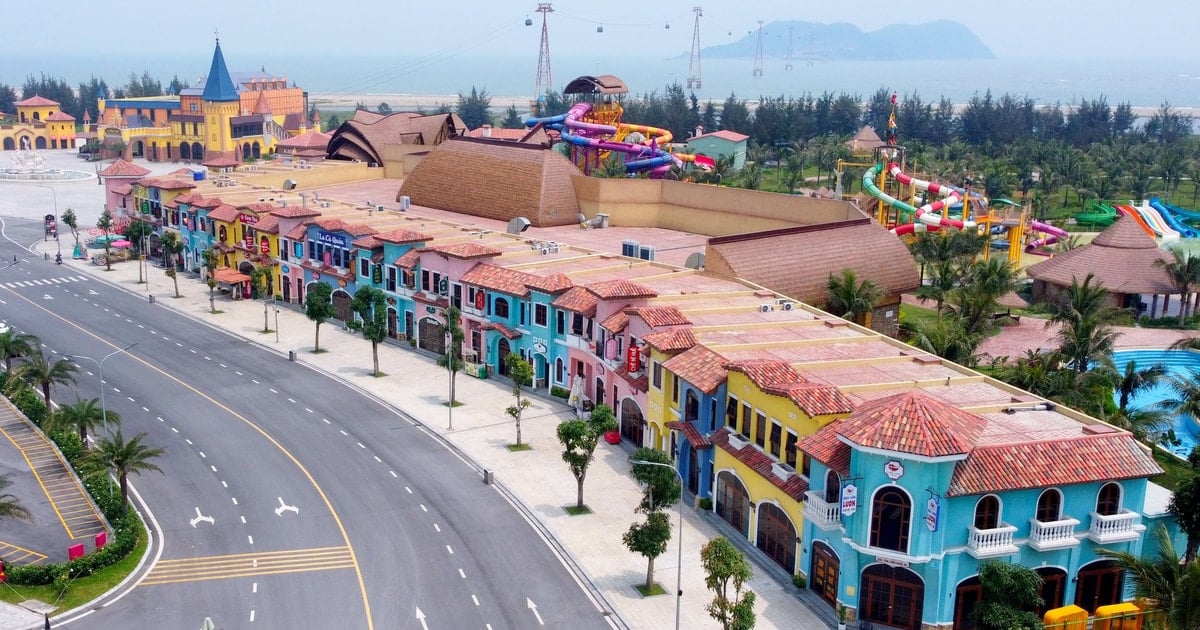



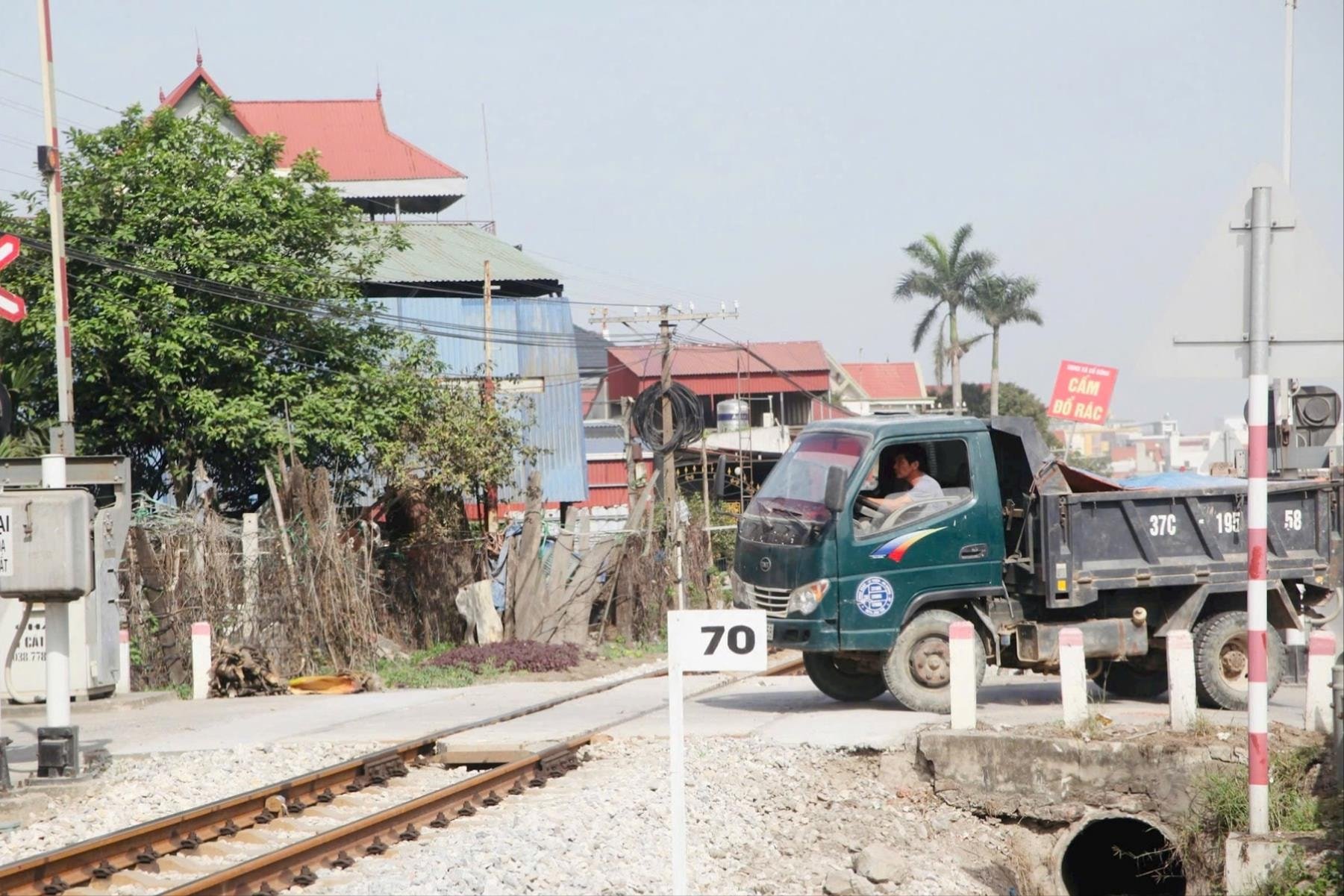





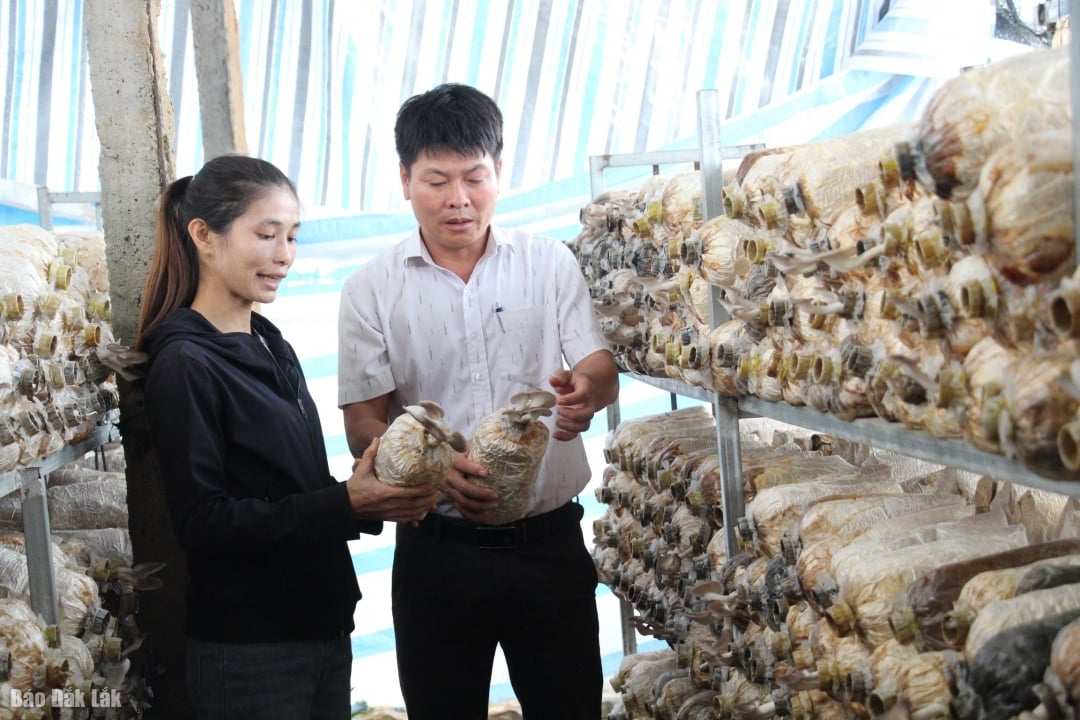



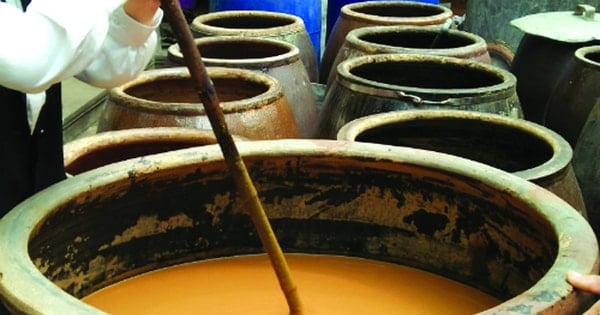

Comment (0)